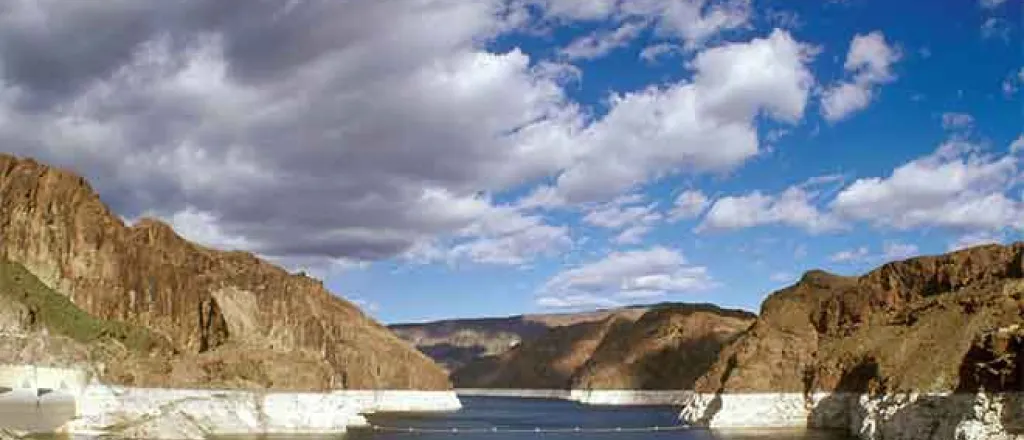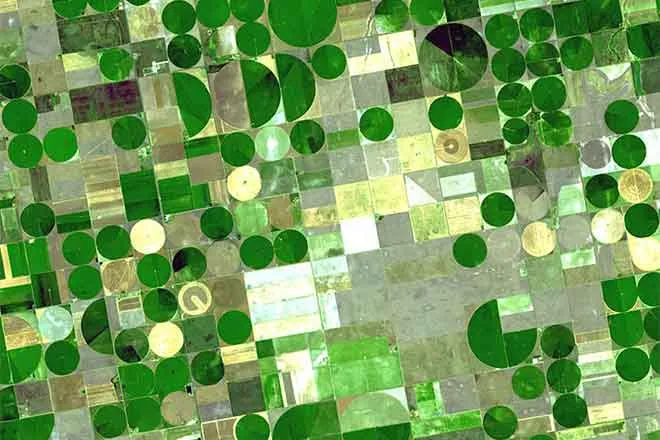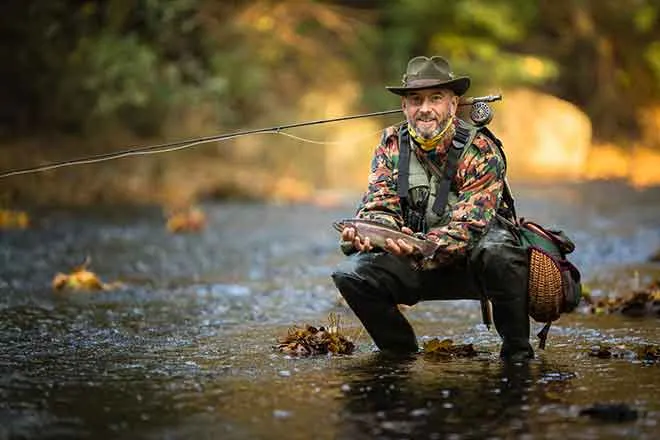
States jointly restoring wildlife habitat along lower Colorado River
(Arizona News Connection) A cooperative effort to restore habitats along the Lower Colorado River Basin is seeing the re-emergence of several threatened and endangered species.
The Central Arizona Project (CAP) is part of a program, begun in 2005, that has reclaimed or restored more than 1,100 square miles of wetlands and woodlands along the river.
The Lower Colorado River Multi-Species Conservation Program (MSCP) is designed to protect 27 species, including eight listed under the Endangered Species Act.
Chuck Cullom, Colorado River programs manager for the Central Arizona Project, said the 50-year project is a joint effort between Arizona, California and Nevada.
"We do that so that the species have a chance to recover from the impacts of building dams and operating diversions in the Lower Colorado River," Cullom explained. "We're paying the environment back for the service the river provides."
Cullom pointed out the program has created more than 6,500 acres of conservation habitat, planted thousands of cottonwood willows and honey mesquite trees, and has restocked the river with more than one million native fish.
He added restoring the habitat is part of the CAP's agreement with the U.S. Bureau of Reclamation, and he noted the program works much better when the states work together.
"Rather than the service coming in and saying, 'You need to do this and that,' we've spent about seven years negotiating with all the water users in the Lower Basin to figure out how to do this cooperatively," Cullom recounted.
Cullom emphasized the program has already seen the resurgence and return of several of the species it is designed to protect, including the "rediscovery" of the Northern Mexican garter snake, which has not been seen in the river basin for decades.
"We're learning a lot about these rare species because of the program and because we're learning about them, we can enhance their chance of long-term survival," Cullom asserted.
The program operates through funding provided by the U.S. government and from water and hydropower users in California, Arizona and Nevada. There are more than 30 participants in Arizona, including the CAP, which is the largest single contributor in Arizona.















